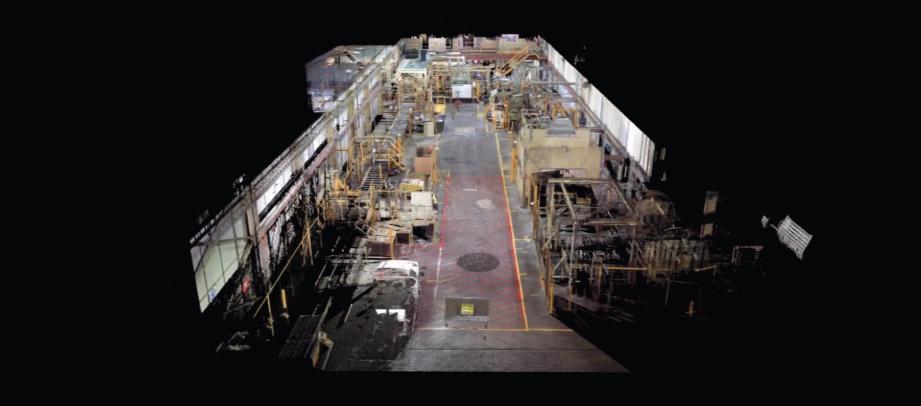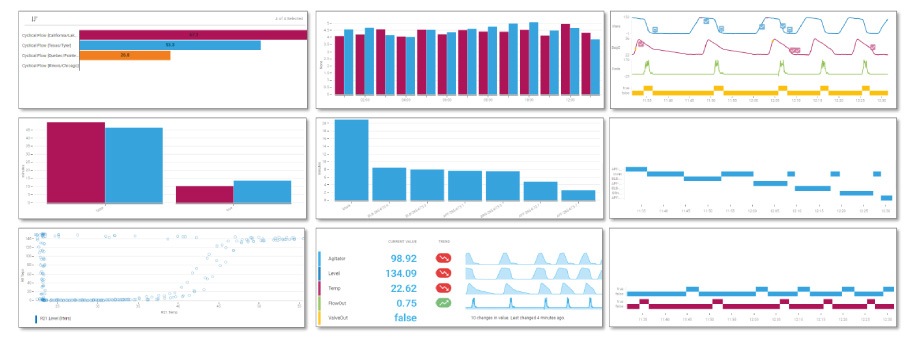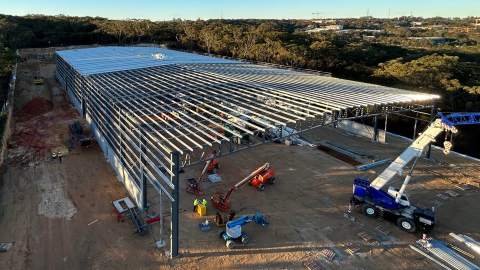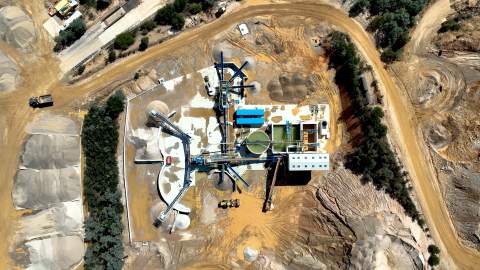So, what is a Data Historian in its most basic form?
In the operational world, the Data Historian is the system that collects time-series data from numerous data sources, like plant equipment, at a high frequency (from millisecond and up) and then stores the data in the most space-efficient manner.

It usually consists of 4 primary components;
• Data collectors: The interfaces required to connect to different field equipment running on different types of networks and collect the time series data from it.
• Configuration database: The part of the Data Historian where all the configuration information is kept. e.g., the data points (tags) to collect, the name and descriptions associated with the tags, the frequency or rate at which to collect them, the compression method for storage, etc. In most instances, the configuration database will be a relational database like MSSQL, where all this data and additional metadata relating to the system is stored.
• The time-series database: This is where all the time series data collected via the data collectors is stored. It is the place where all the computational hard work happens as the database must be able to collect and efficiently write thousands of data points a second and store it without losing any data.
• User interface: Besides having a tool that can store loads of data, the user interface is an integral component that not only allows you to set up and maintain the system but also provides a way to view the data that collected.

Once your Data Historian has collated disparate time-series data from all your sources, you now have an incredibly powerful user interface. This interface now allows you to analyse events in the exact time contextual sequence that they occurred and, therefore, the subsequent impact that those events had upstream or downstream.
Today most of the Data Historians available in the market have reached a level of maturity where they all meet the required minimum expectation of a Data Historian. Some providers offer additional functionality and value adds to try and differentiate themselves from their competition.
When looking for system integrators, many, if not all, automation and MES system integrators will have resources inhouse that can install and configure Data Historians for you.

What is the difference between a good and bad Data Historian?
Technology-wise there are Data Historians that perform better than their competition; however, certain historians will perform better for different industries over others, based on the additional functionality and niche capabilities they provide in those industries. The main differentiating factor between a good and bad historian is the quality of the data collected. Your business can have the best Data Historian that money can buy. Still, if the data that is collected hasn’t been configured correctly, then the Historian will be an unreliable data source. Or as the saying goes, garbage in garbage out.
Here are a few basic rules that can be applied to turn a good historian into an excellent one;
• Standardisation: If you have different control systems and equipment that follow different naming conventions, try creating a standard for the Historian so that all data points coming in are named and labelled consistently. Most historians have this functionality, and it provides a stable naming convention structure that all other integrated systems can use.
• Rules for data collection: Define the rules for how you are going to collect and store different types of information, e.g., pressure data, temperature data, etc. Data Historians tend to give you a lot of options in defining the frequency at which you can collect data, as well as noise filtering and the level of compression you want to apply to data points.
• Calculate as close to the source as possible: Since the Data Historian tends to be the primary source of data for reporting and higher-level systems, it is always best to perform standard calculations as close to the source as possible. This, therefore, allows other systems that depend on these calculations to collect the results rather than perform the calculations themselves. This approach removes the risk of having different systems calculate the same results, but due to different configurations, durations, frequencies, each giving you a different answer.
• Contextualisation and metadata: Most Data Historians today can store the metadata associated with the time-series data. This allows you to define hierarchies where the data can be linked to other assets as well as seeing where the data was collected from and its relation to other data points in the hierarchy. The capability to add this additional context to data points provides you with a better understanding of the data; it also provides a richer data set to higher-level operational systems.

All in all, Data Historians are excellent tools and a must-have in any organisation that is looking to implement higher-level systems and reporting tools that requires access to operational data. Used as intended and configured using the best practises we have mentioned, they can be one of the best investments a business can make in gaining visibility to their operational data.
Here at Crossmuller, we are a Wonderware System Integrator Partner. We can provide you with complete turnkey Systems integration solutions, including Data Historian installation and configuration. Learn more about our Systems Integration capabilities here or feel free to get in touch with our team anytime on 1300 300 540 or email us at sales@crossmuller.com.au



